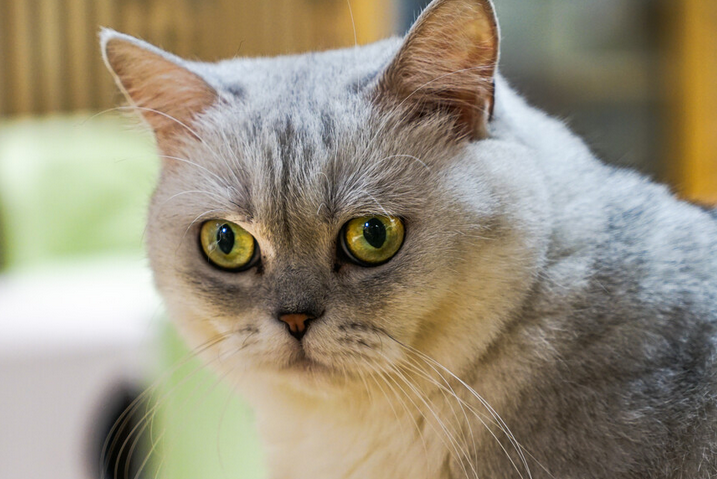How to treat Pomera cat flu? Many families will panic and worry when they find that their pet cats have the flu. In fact, there is no need to worry too much about cats suffering from the flu, and prevention and treatment can be done in time.
1. Understanding influenza
Influenza is a viral disease that is usually spread by contact between cats. Antibiotics have no effect on viruses, so the usual treatment method is to reduce the cat’s clinical symptoms as much as possible and improve the cat’s own resistance through nutritionally balanced food to protect the cat’s life until the cat recovers naturally. But there is a way to prevent it – vaccination, which can deal with the flu.
Symptoms of cats with this disease include a severe cold and ulcers on the surface of the eyes or inside the mouth. Cats rely on their sense of smell to arouse their appetite. Influenza can cause a loss of smell, resulting in a reduction in the cat’s food intake. Some cats never recover and become chronic flu sufferers or “snuffies.” Kittens are often the worst victims and will die without careful care. To help protect against this disease, kittens need to be vaccinated, and adult cats need an annual booster shot.
2. Identify the disease
The sick cat was depressed, crouched and moved less, shivering all over, body temperature rose to 40 degrees, had wind and fever, clear mucus, decreased appetite, flushed conjunctiva, blurred vision and tears, sometimes cold and hot, accelerated breathing and heartbeat, and a small amount of eye secretion Things, difficulty breathing.
3. Causes of disease
The cat’s physical fitness is poor, its resistance is weak, and the cattery’s cold-proof performance is poor. When the temperature in nature drops suddenly and the temperature difference is too large, the resistance of the respiratory mucosa is often reduced. The cat’s body is stimulated by the cold and cannot adapt to the changes for a while, causing it to catch a cold. It is more common in seasons like early spring or late autumn when the temperature changes. Or it can also happen when a cat sweats during exercise and then is attacked by air conditioning.
4. Prevention and treatment methods
The principle of treatment for this disease is to induce wind and dispel cold, relieve heat and calm down phlegm. Prevent secondary infection. There are a wide range of medicines for treating colds. For example, Bupleurum, 2 ml/animal/time, intramuscular injection twice a day; 30% metamizole, 0.3-0.6 g/time. Ganmaoqing, Quick-acting Ganfeng Capsules, etc. are also available.
Post time: Oct-24-2023

